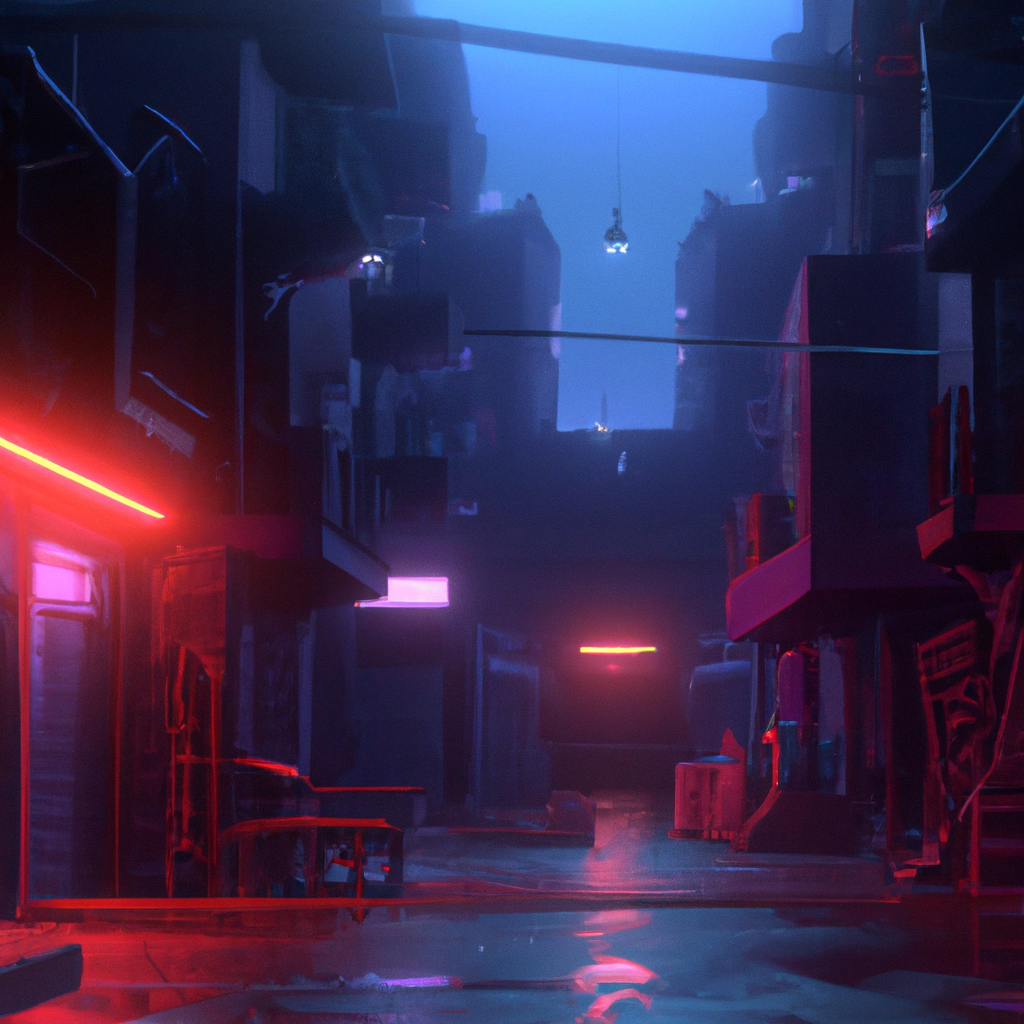“Mastering the Art of Immersive Storytelling: How to Craft Engaging Cinematics and Cutscenes in Video Games”
Video games have come a long way from the days of simple pixel art and text-based dialogue. With the advancements in technology, game developers are now able to create engaging and immersive cinematics and cutscenes that captivate players and propel the game’s narrative forward. While beautiful graphics and high-quality animations are important factors in achieving this, there’s much more to creating a memorable and impactful cinematic experience. In this blog post, we’ll explore some tips and techniques on how to create engaging cinematics and cutscenes in games.
1. Develop a strong narrative
The foundation of any engaging cinematic or cutscene is a compelling story. Invest time in developing a well-rounded narrative that is not only interesting and original but also ties in with the overall theme and direction of the game. The story should be engaging enough for players to want to continue playing to find out what happens next. It’s also essential to create multidimensional characters with unique personalities, as this will make your cutscenes more engaging.
2. Emphasize visual storytelling
Visual storytelling is a crucial aspect of creating engaging cinematics and cutscenes. When designing the scenes, think about how you can convey the emotions and actions of characters through their facial expressions, body language, and movements in the environment. This will require close collaboration between the art and animation teams. Additionally, ensure that the camera angles and framing are carefully chosen to enhance the storytelling and draw attention to key moments.
3. Employ exceptional voice acting
Voice acting plays a significant role in bringing your characters to life and making the dialogue feel more authentic. Investing in quality voice actors can make a world of difference in creating an engaging and immersive cutscene. Ensure your voice actors have a strong understanding of their character’s motivations and emotions, as well as the overall story arc.
4. Use appropriate music and sound effects
Music and sound effects can heighten the emotional impact of a cutscene and create a more immersive experience. Be sure to choose appropriate music that matches the tone and mood of the scene, and avoid overusing sound effects, as this can detract from the experience. When used correctly, audio can greatly enhance the overall impact of a cinematic or cutscene.
5. Ensure smooth transitions
Transitions between gameplay and cutscenes should be as seamless as possible to maintain player immersion. This can be achieved by using in-game assets, animations, and camera movements to introduce the cutscene without jarring the player. When the cutscene is over, transition back to gameplay in a way that feels natural and doesn’t interrupt the flow of the game.
6. Keep the pacing in mind
Pacing is essential when designing cinematics and cutscenes. It’s important to strike a balance between providing enough information and keeping the player engaged. Long, drawn-out cutscenes can cause players to lose interest, while short, abrupt scenes may not provide enough context for the story. Be mindful of the pacing and ensure that it complements the overall flow of the game.
7. Allow for player interaction
While not every cutscene needs to be interactive, adding some level of player interaction can make the experience more engaging. This can be as simple as allowing players to choose dialogue options or letting them make decisions that will impact the story. Giving players a sense of agency within the narrative can lead to a more immersive and memorable experience.
In conclusion, creating engaging cinematics and cutscenes in games requires a combination of strong storytelling, striking visuals, quality voice acting, immersive audio, and careful pacing. By keeping these factors in mind and focusing on player immersion, game developers can create memorable and impactful cinematics that will captivate players and drive the game’s narrative forward.





